Cooking eggs in cast iron can be a nightmare, or it can be as non-stick as a Teflon pan! I’m sharing my tips on how to cook eggs in cast iron the right way, so we can all enjoy our scrambled or over-easy eggs for breakfast.

Table of Contents[Hide][Show]
Why You’ll Love This Method
If you’ve learned how to season a cast iron skillet, then you’ll have no problems cooking eggs, and you’ll enjoy these benefits:
- No Sticking! – Fried and scrambled eggs are probably the two things I hear people getting most frustrated when cooking in cast iron. But with a properly seasoned skillet, you’ll be able to cook eggs with ease!
- No Forever Chemicals – It can be tempting to reach for a non-stick Teflon pan when cooking eggs, but a properly seasoned pan, along with these cooking methods, will give you results that, dare I say, are even better than non-stick pans. Plus, you’ll avoid the PFAs or forever chemicals that we’re all trying to avoid.
- Easier Clean-up – Not only does cooking with enough oil (or fat) help with cooking, but it also helps with easy clean-up, too. Learn how to clean a cast iron skillet to maintain its seasoning here.
- Less Stress – Learning the proper steps for cooking eggs in cast iron means we aren’t spending more time cleaning up our stuck-on mess! Though you may have to wait for the pan to heat up, in the long run, it will save you time. I promise!
Ingredients Needed
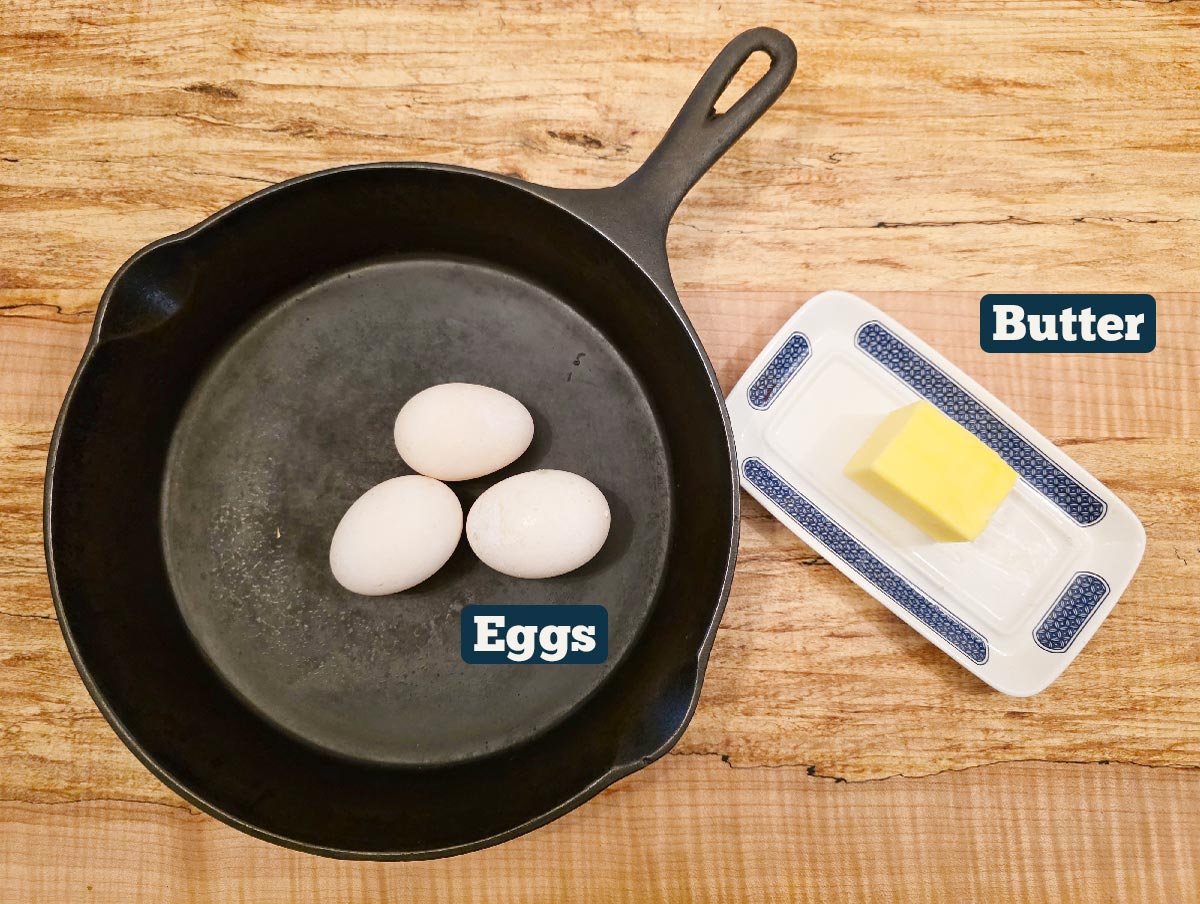
The ingredients here are simple: just eggs and oil!
- Eggs – If you’re not raising backyard egg-laying chickens yet, what are you waiting for? With the price of grocery-store eggs, you could be saving hundreds!
- Oil/Fat – The oil or fat you choose to cook your eggs in is completely preferential. I like to use butter because I love the flavor. If you need a dairy-free option, ghee or coconut oil work great. You can also keep it simple and just use avocado oil for a more neutral flavor. But whatever you do, don’t skip the oil!

available now
Give the Gift of Homemade—All Year Long
Want to make stunning, heartfelt gifts in less time—with less stress? Get my Mason Jar Gift Guide absolutely free! Inside, you’ll discover step-by-step recipes, printable labels, and creative DIY inspiration—so you can whip up beautiful, delicious, homegrown gifts for every occasion. Perfect for anyone craving a simpler, more meaningful holiday season (or just more joy in your kitchen).
Subscribe to Melissa K. Norris!
Get updates on the latest posts and more from Melissa K. Norris straight to your inbox.
We use your personal data for interest-based advertising, as outlined in our Privacy Notice.
How to Cook Eggs in Cast Iron

Step 1: Place your cast iron skillet over medium heat and let it warm up until you start to see smoke (this may take 3-5 minutes).
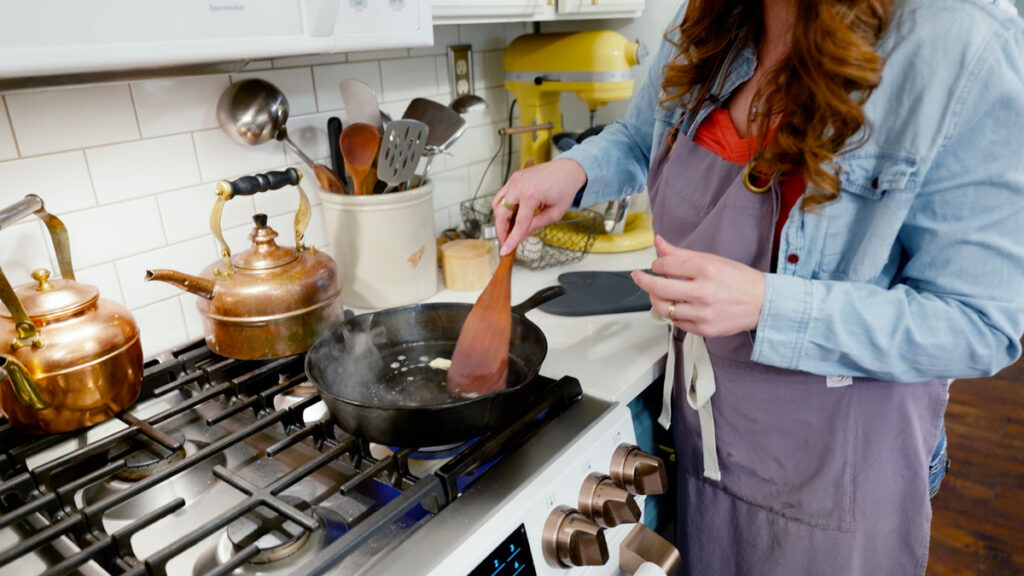
Step 2: Add your fat of choice (I love using butter!) and swirl it around the pan.
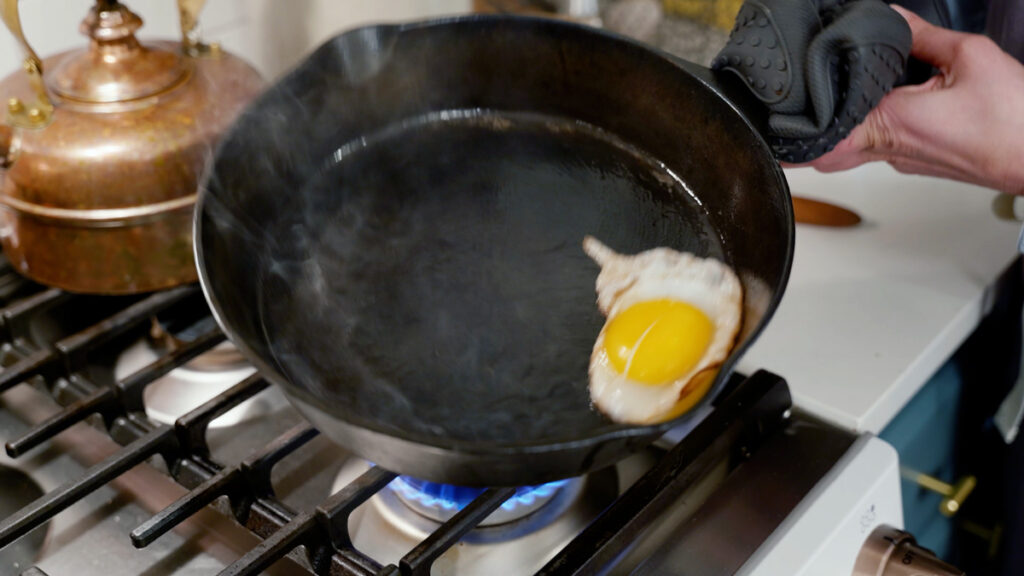
Step 3: Add your egg(s), but don’t overcrowd the pan. Let them sit until they naturally release from the pan. You can test this by swirling your pan, and if your egg swirls freely, you’re ready to flip!
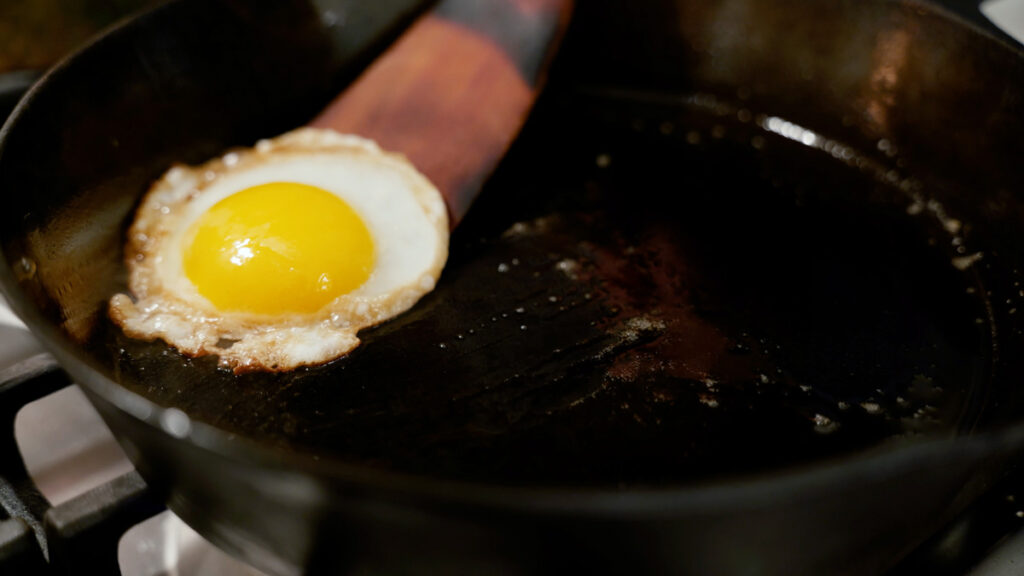
Step 4: Carefully flip your egg over and allow it to cook briefly on the other side (for over-easy) or a bit longer (for over-medium).
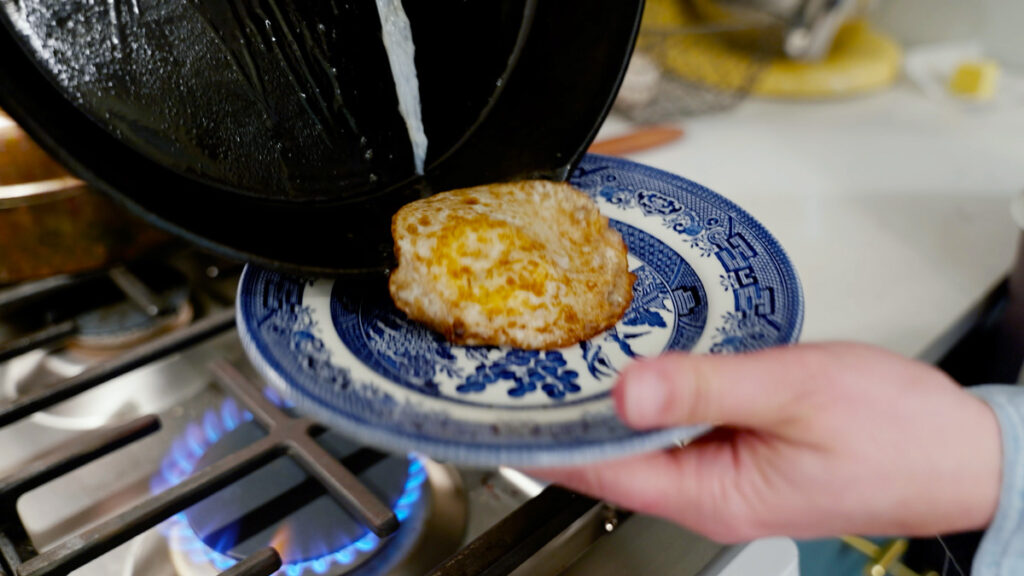
Step 5: Remove the egg from the pan and serve! But wait! Now is the best time to clean your pan while it’s still hot!
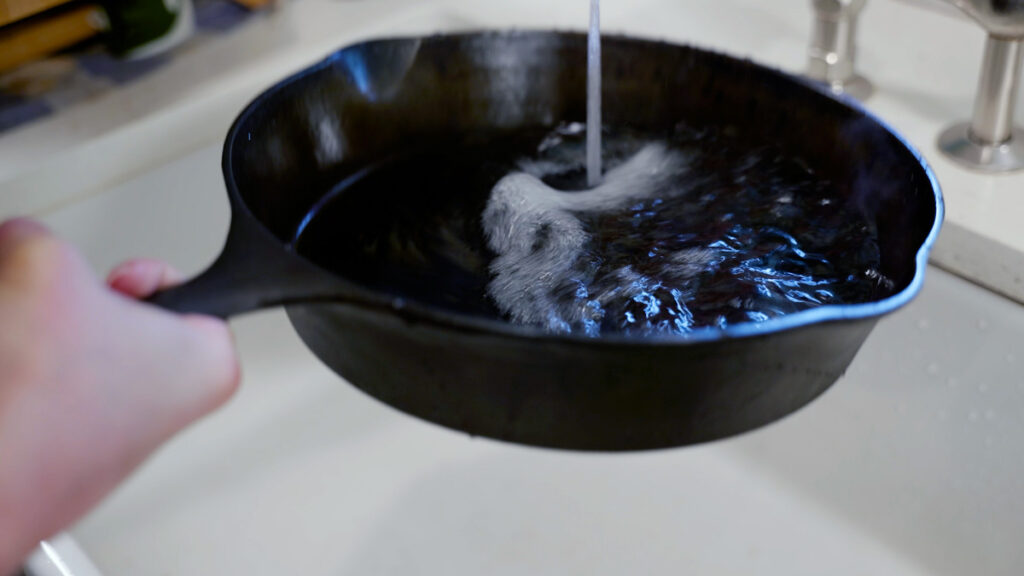
Step 6: To clean your pan, scrape any remaining residue with a wooden spatula or bench knife and wipe away with a paper towel. This is generally sufficient, but if you need to wash it quickly, allow the pan to cool slightly before running it under hot water and using a chain-mail scrubber to help remove any stuck-on food.
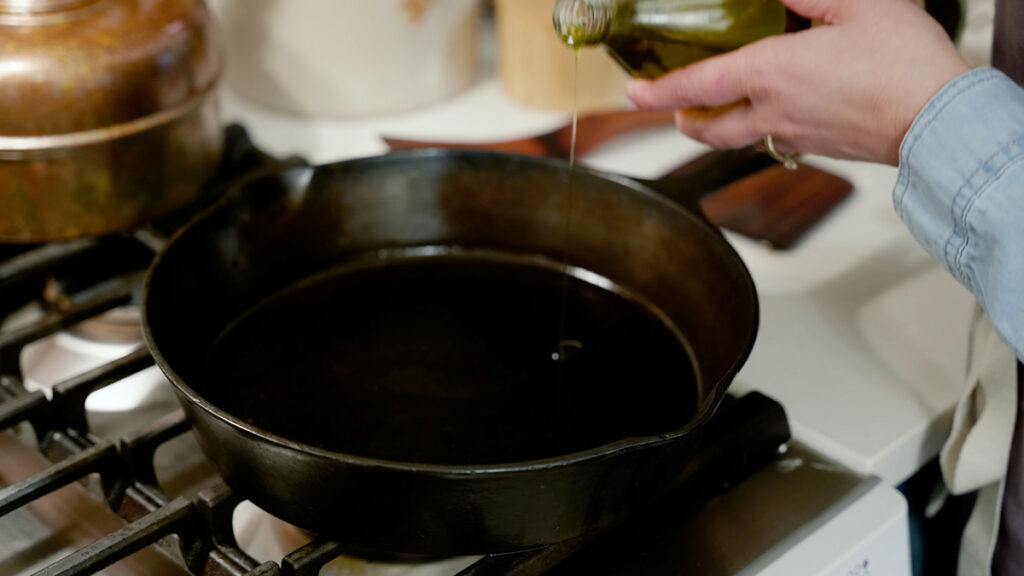
Step 7: Turn the heat on low to make sure the pan is completely dry (if you had to run it under water). Once the pan is completely dry, add a small amount of oil (I like to use olive oil or avocado oil) and wipe it all over the pan with a dedicated towel, including the sides.
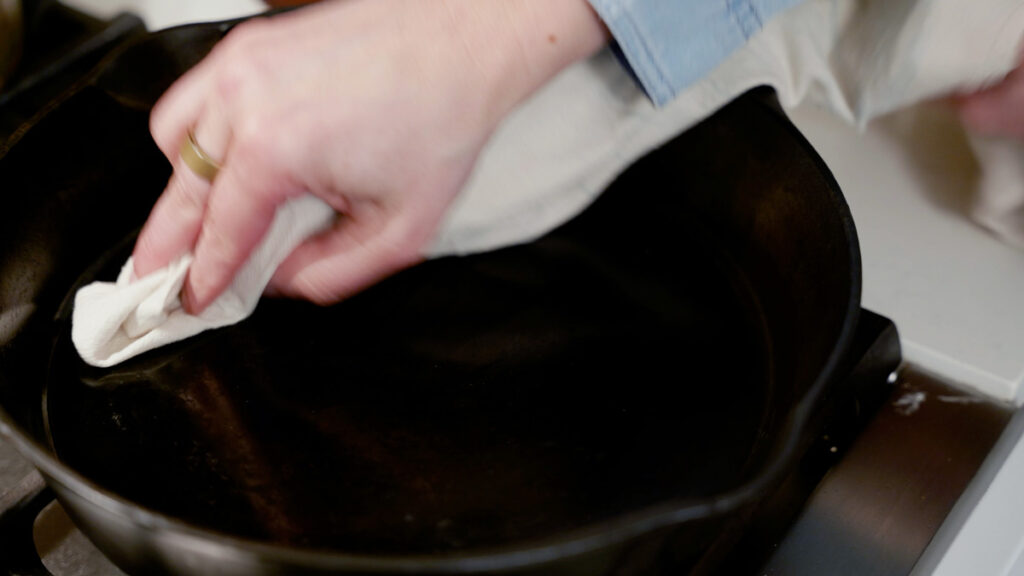
Step 8: Finally, wipe away any excess oil with a clean spot on your towel. Allow the pan to cool completely before storing.

How about adding your perfectly fried egg to avocado toast? YUM!
Pro Tips
There are a few things to keep in mind when cooking eggs in cast iron. You’ll want to make sure you don’t miss these tips, or you may end up with stuck-on eggs and a burnt mess.
- Hot Pan – If you add eggs (or even fat) to your cast iron skillet before it has time to properly heat up, your eggs may stick.
- Add Fat – Don’t skip the fat! Cast iron pans aren’t like Teflon (which you can cook eggs without a stitch of oil and they won’t stick); they need oil for them to work properly and keep your food from sticking. But just like your eggs, you don’t want to add your fat until your pan is properly heated.
- Smooth Cast Pans – If you’re following all my tips and find that your eggs are still sticking, it may be the type of cast iron pan you have. The newer pans (especially Lodge) are a less-expensive rough cast that feels bumpy under your fingers. If this sounds like your pan, you want to get one that has a smooth cast. You can sometimes find these at thrift store or antique stores, or check out my new favorite USA-made cast iron from Smithey.
- Use a Properly Seasoned Skillet – It’s important to start with a properly seasoned cast iron pan before trying to master cooking eggs. If you’re using a brand new pan, my advice is to cook fattier foods in it a few times before trying eggs (think bacon, ground beef, etc.).
- Don’t Trust Pre-Seasoned Pans – If your new cast iron came saying it was pre-seasoned, just ignore that and follow my tutorial for how to season a cast iron skillet here.
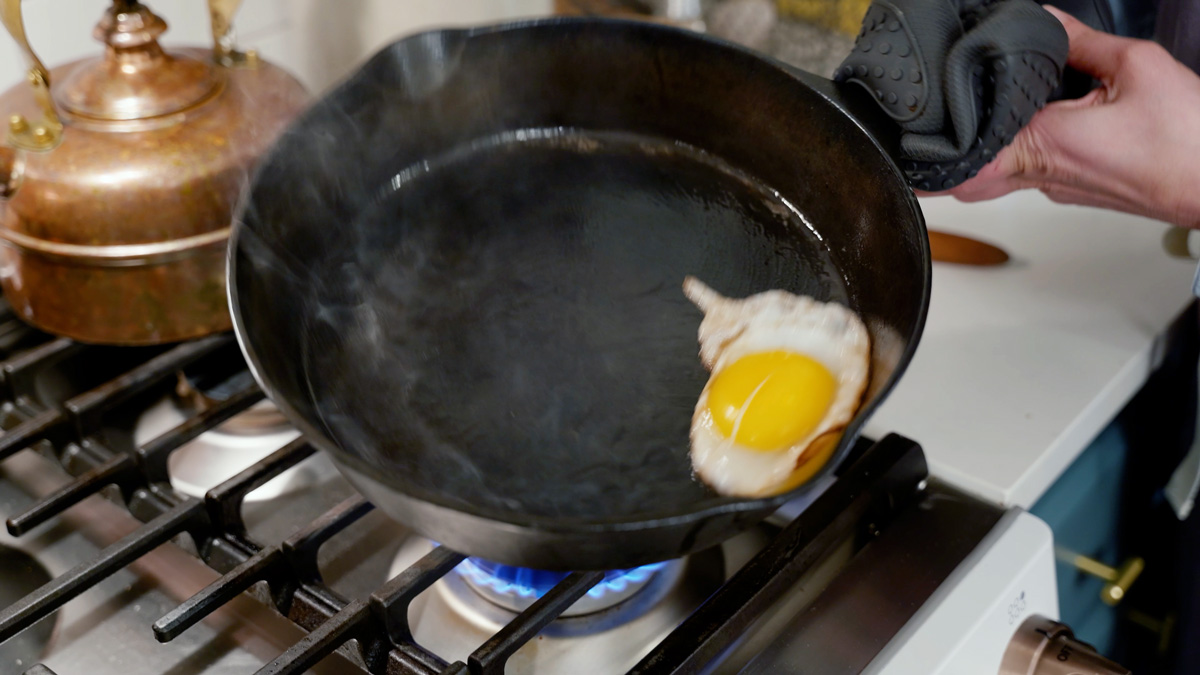
Recipe FAQs
Yes, 100%! In fact, cast iron is my preferred method for cooking eggs because they slide out with ease (and I rarely break a yolk). Cast iron heats evenly and allows for a more even cook on eggs, making it easy to obtain those perfect over-easy eggs every single time.
If you find your eggs are sticking, it could be one or multiple reasons. First, make sure your pan has been properly pre-heated. Second, always use a fat source. Third, always use a properly seasoned cast iron skillet. And fourth, make sure your skillet is a smooth-cast, not rough to the touch.
While oils that have a higher smoke point are best to season cast iron, I find that using oils like olive or avocado oil work great for the in-between seasonings (as shown in this tutorial on how to clean cast iron to maintain its seasoning).
More Posts You May Enjoy
- How to Season Cast Iron
- 11 Ways to Cook Off-Grid (Without Power)
- How to Clean Cast Iron to Maintain Seasoning
- Cast Iron & Dutch Oven Outdoor Cooking
- 25 Cast Iron & Dutch Oven Recipes
- Must-Have Homestead Kitchen Items
Did you use this tutorial for cooking eggs in cast iron? If so, please leave a star rating and your comments in the recipe card below. Then, snap a photo and tag me on social media @melissaknorris so I can see! I love getting a glimpse of what you all accomplish in the kitchen.
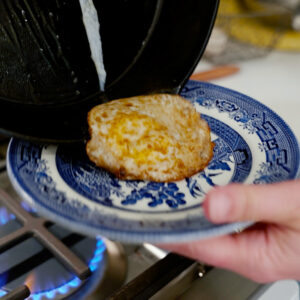
Cooking Eggs in Cast Iron
Equipment
- Cast Iron Skillet
- Spatula
Ingredients
- 2 teaspoon butter or other oil
- 2 eggs
Instructions
- Step 1: Place your cast iron skillet over medium heat and let it warm up until you start to see smoke (this may take 3-5 minutes).
- Step 2: Add your fat of choice (I love using butter!) and swirl it around the pan.
- Step 3: Add your egg(s), but don’t overcrowd the pan. Let them sit until they naturally release from the pan. You can test this by swirling your pan, and if your egg swirls freely, you’re ready to flip!
- Step 4: Carefully flip your egg over and allow it to cook briefly on the other side (for over-easy) or a bit longer (for over-medium).
- Step 5: Remove the egg from the pan and serve! But wait! Now is the best time to clean your pan while it’s still hot!
- Step 6: To clean your pan, scrape any remaining residue with a wooden spatula or bench knife and wipe away with a paper towel. This is generally sufficient, but if you need to wash it quickly, allow the pan to cool slightly before running it under hot water and using a chain-mail scrubber to help remove any stuck-on food.
- Step 7: Turn the heat on low to make sure the pan is completely dry (if you had to run it under water). Once the pan is completely dry, add a small amount of oil (I like to use olive oil or avocado oil) and wipe it all over the pan with a dedicated towel, including the sides.
- Step 8: Finally, wipe away any excess oil with a clean spot on your towel. Allow the pan to cool completely before storing.
Notes
- Hot Pan – If you add eggs (or even fat) to your cast iron skillet before it has time to properly heat up, your eggs may stick.
- Add Fat – Don’t skip the fat! Cast iron pans aren’t like Teflon (which you can cook eggs without a stitch of oil and they won’t stick); they need oil for them to work properly and keep your food from sticking. But just like your eggs, you don’t want to add your fat until your pan is properly heated.
- Smooth Cast Pans – If you’re following all my tips and find that your eggs are still sticking, it may be the type of cast iron pan you have. The newer pans (especially Lodge) are a less-expensive rough cast that feels bumpy under your fingers. If this sounds like your pan, you want to get one that has a smooth cast. You can sometimes find these at thrift store or antique stores, or check out my new favorite USA-made cast iron from Smithey.
- Use a Properly Seasoned Skillet – It’s important to start with a properly seasoned cast iron pan before trying to master cooking eggs. If you’re using a brand new pan, my advice is to cook fattier foods in it a few times before trying eggs (think bacon, ground beef, etc.).
- Don’t Trust Pre-Seasoned Pans – If your new cast iron came saying it was pre-seasoned, just ignore that and follow my tutorial for how to season a cast iron skillet here.
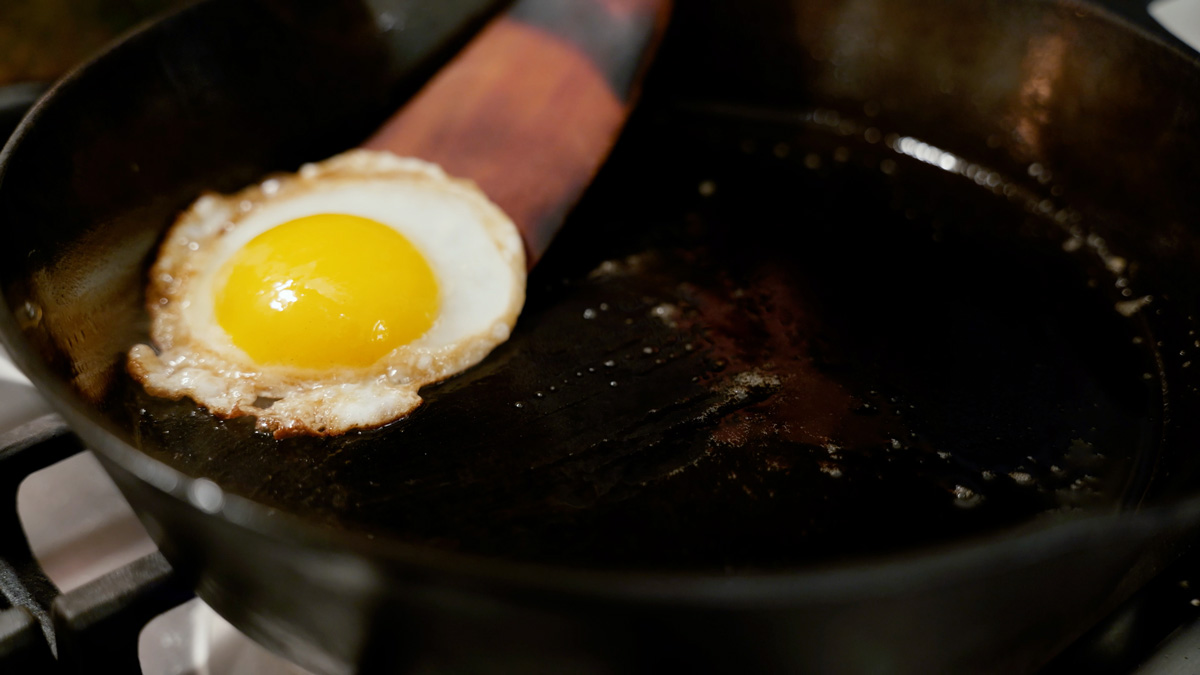
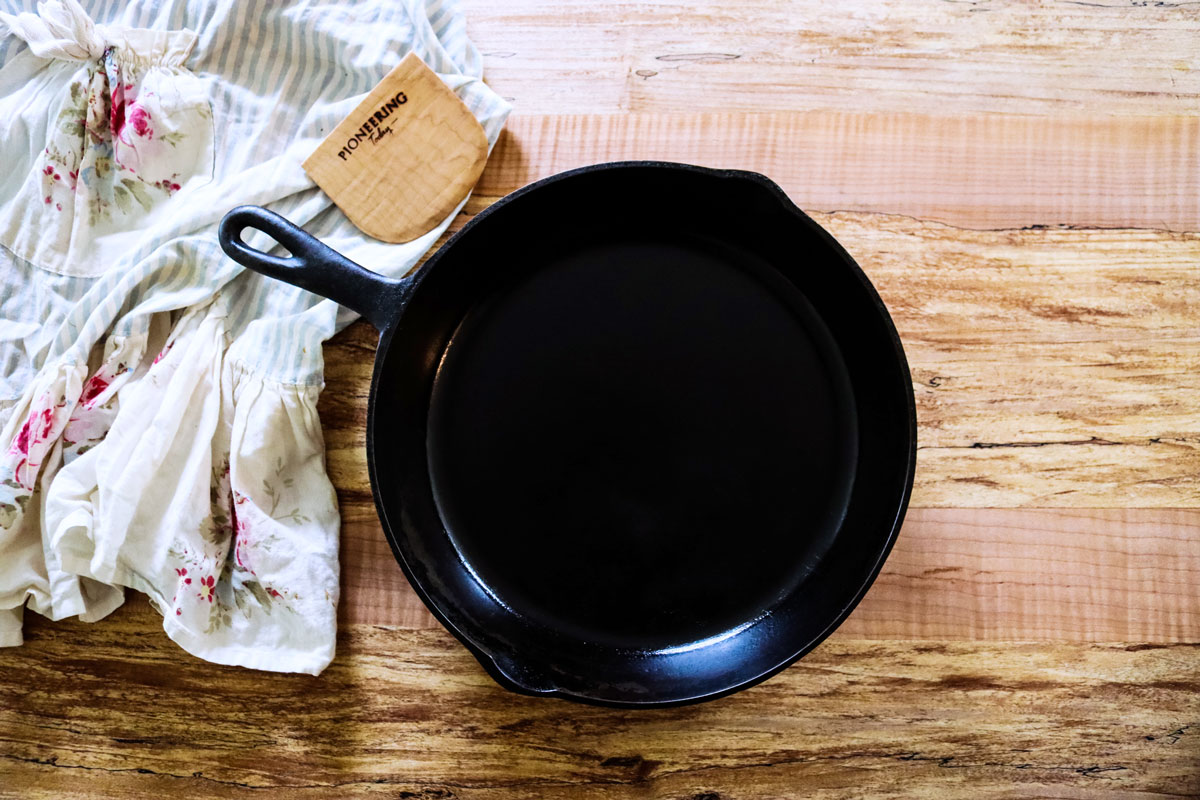
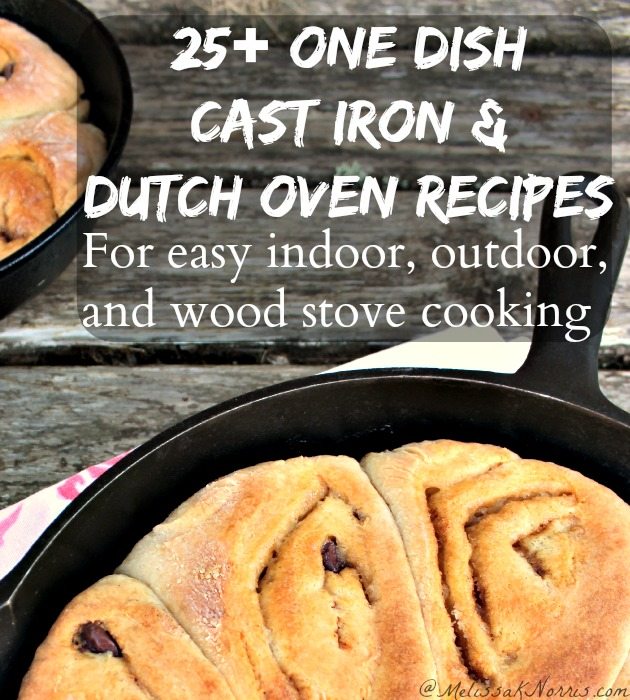
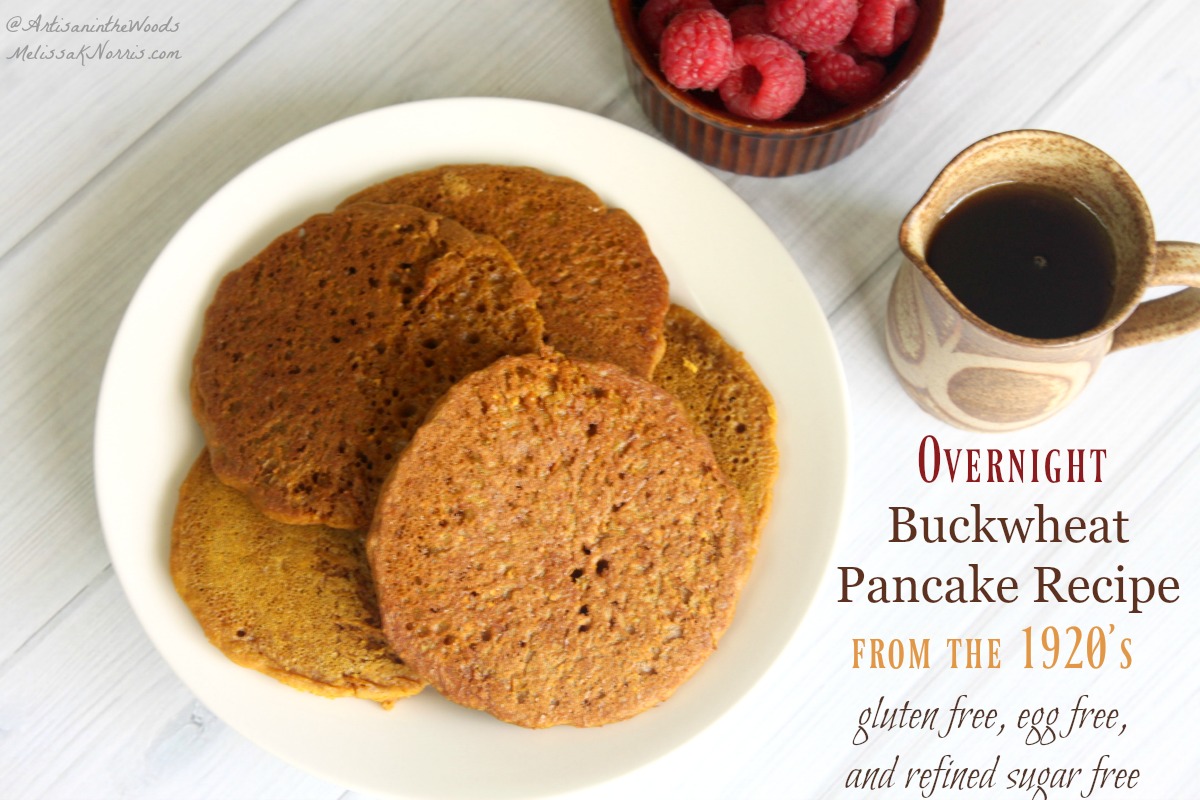
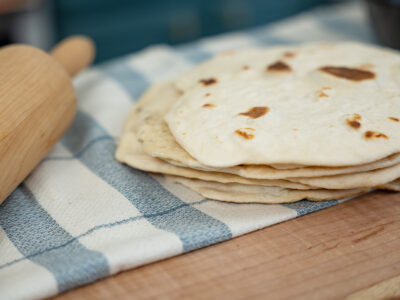
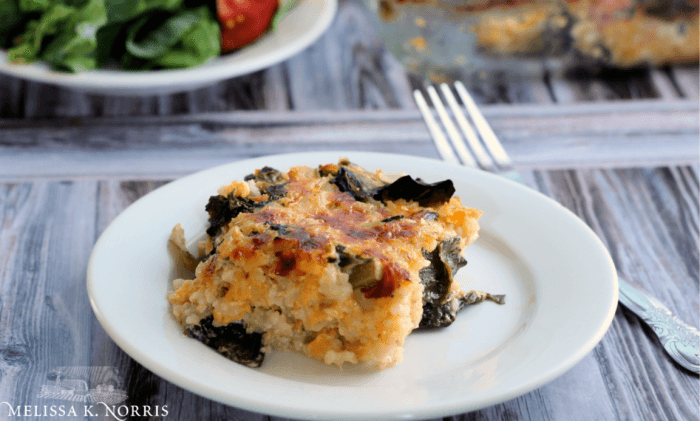
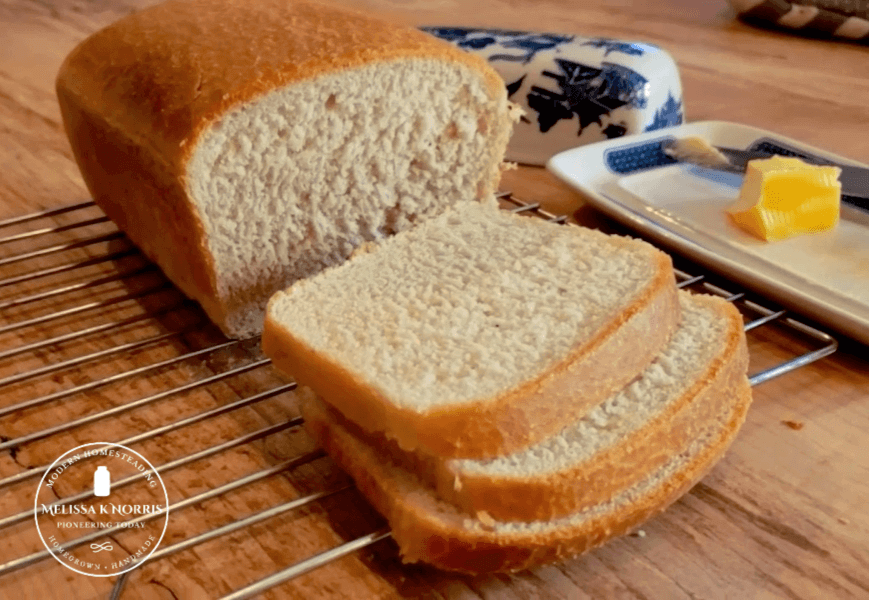
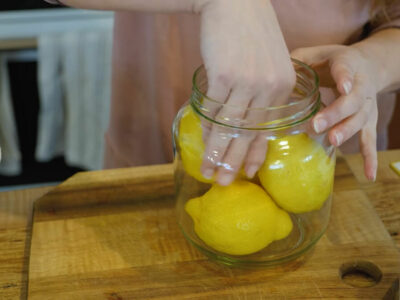
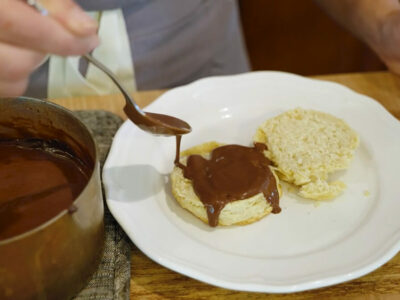
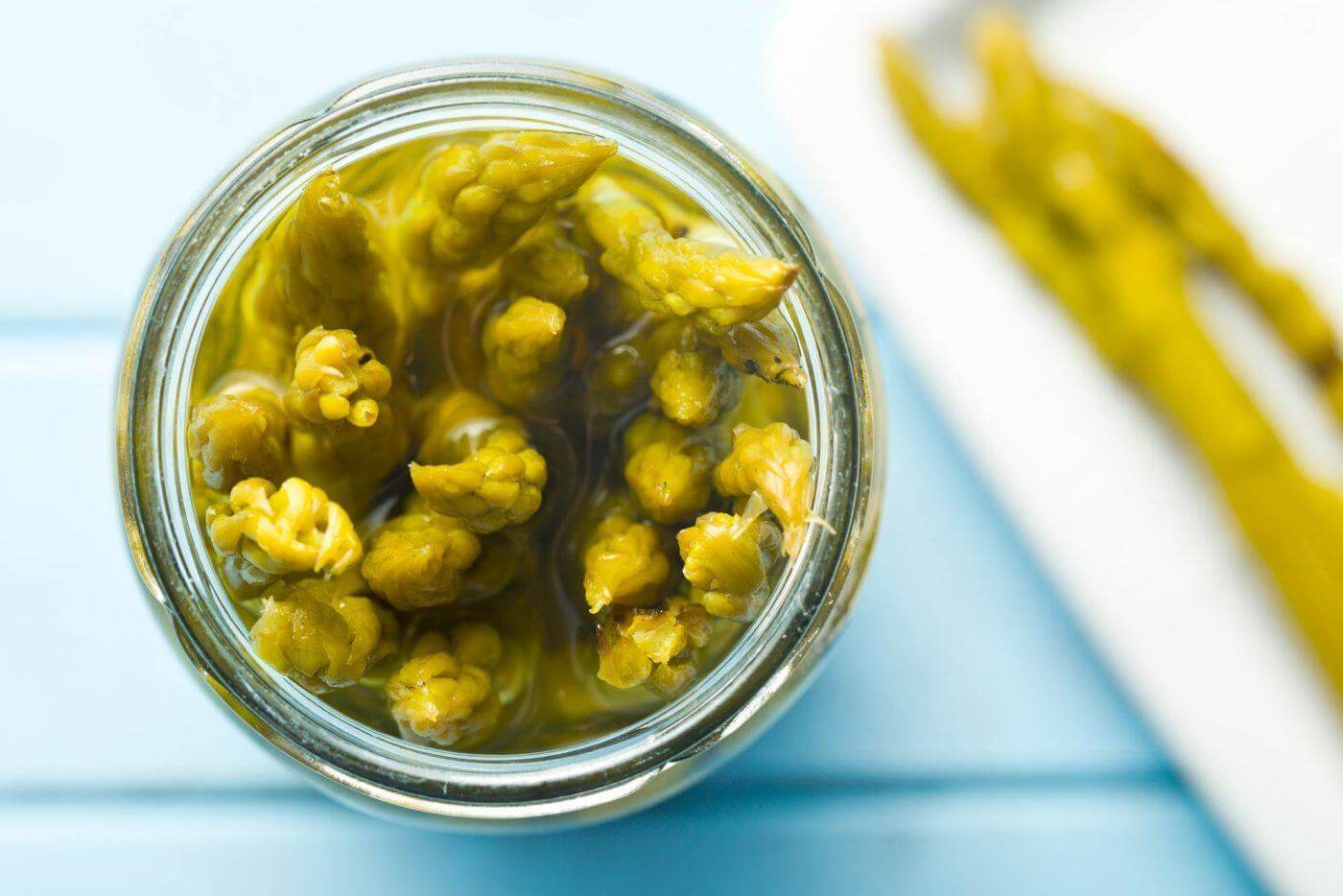
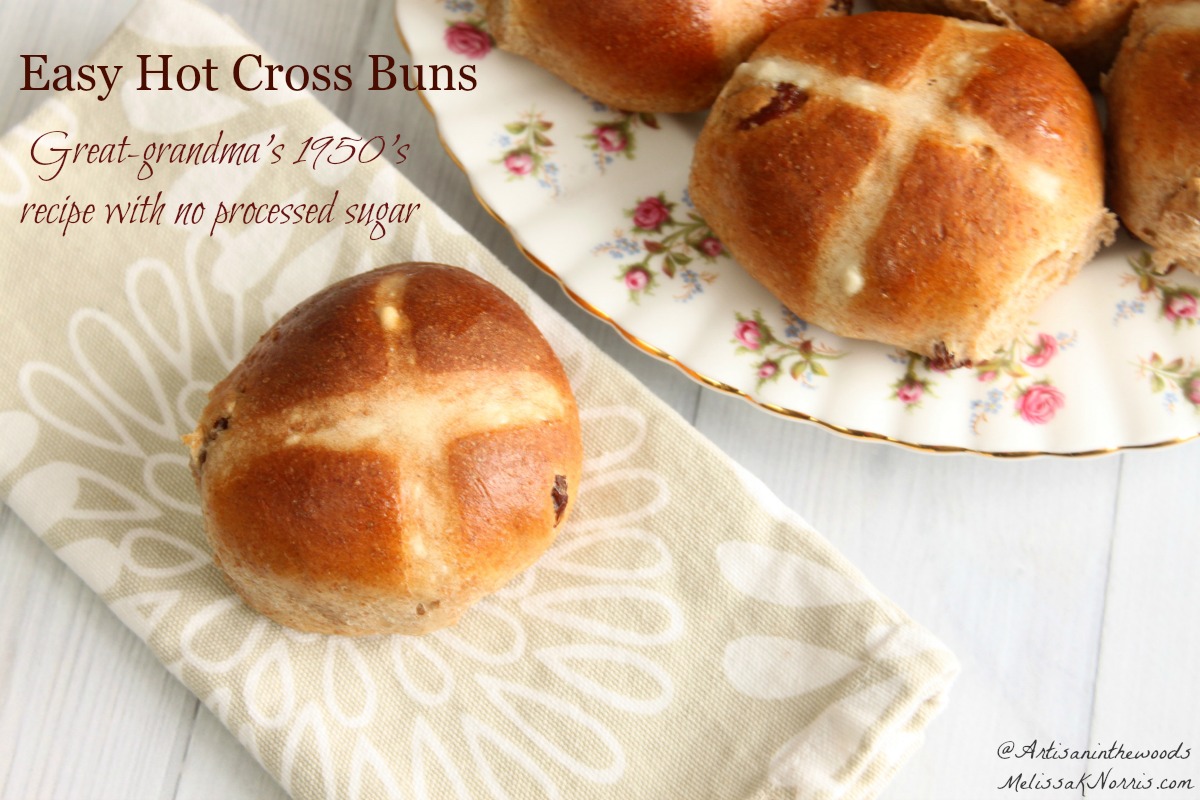
Best way to cook eggs for sure! Once I got my pan seasoned properly, it worked like a charm.
Fantastic recipe!
All the butter!
BEST way to cook eggs in cast iron! BUT, make sure your cast iron is seasoned well, if it’s not, eggs will still stick even with this method. Melissa has a GREAT tutorial for seasoning your cast iron, too! https://melissaknorris.com/how-to-season-cast-iron-pan-and-dutch-oven/